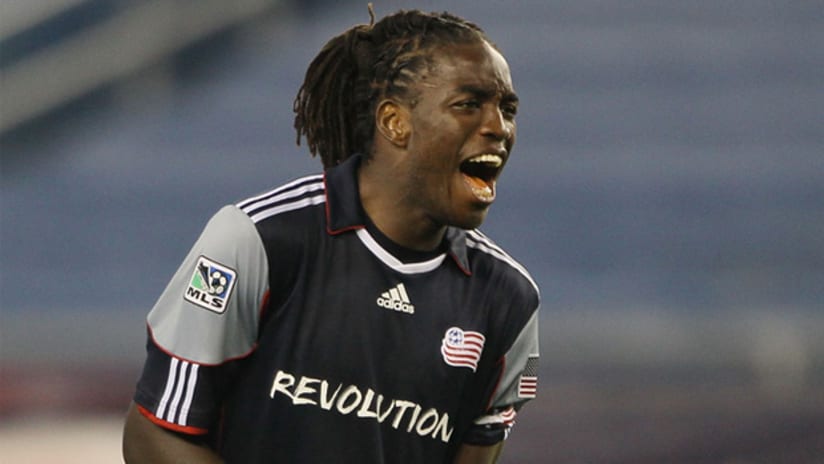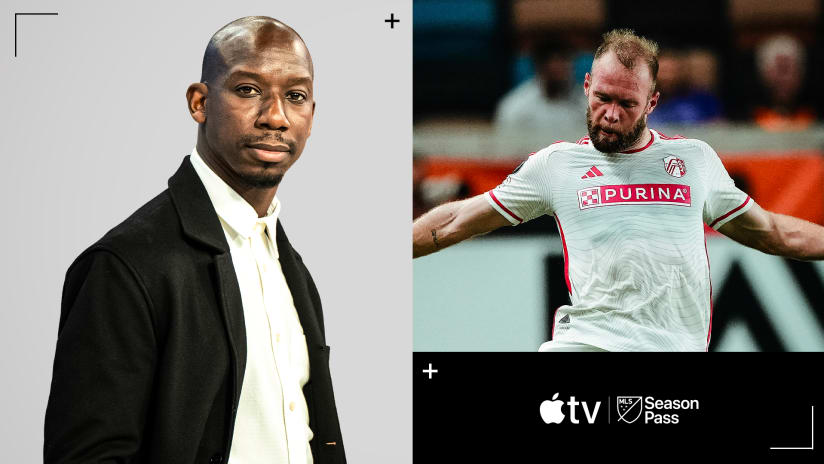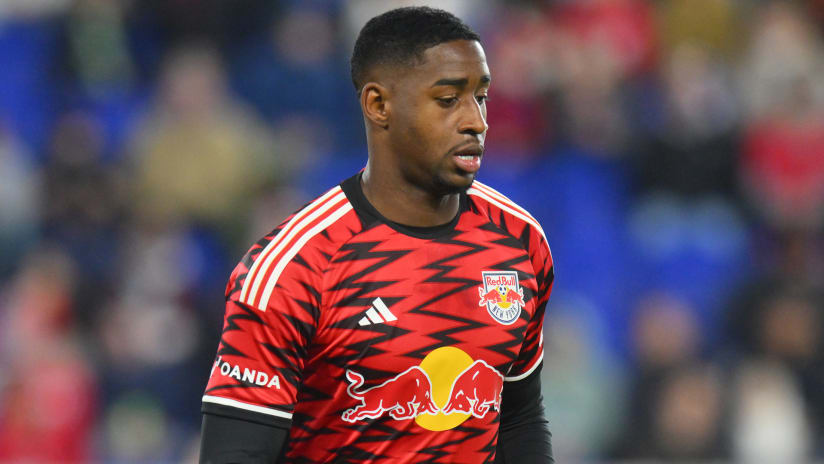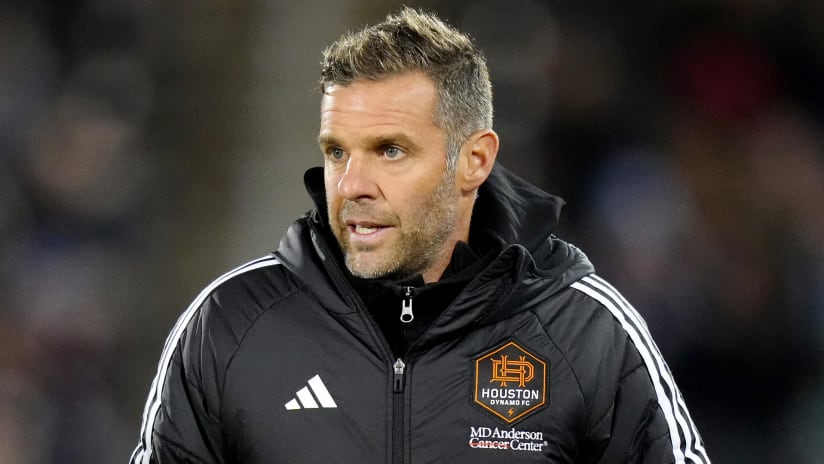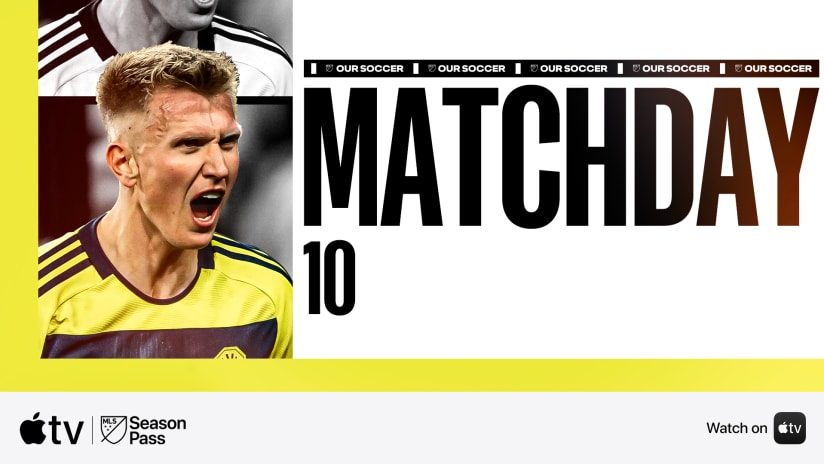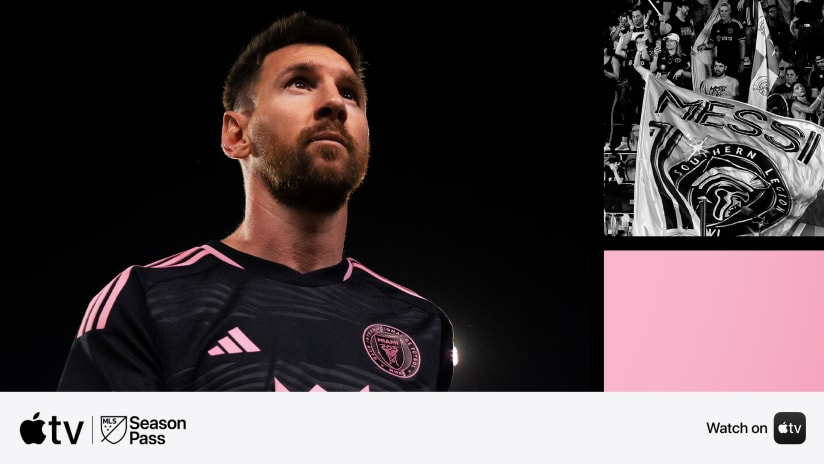Every January, the US national team convenes its first camp of the year. Dubbed “Camp Cupcake” by some, its purpose is to look at young players who might break through into a bigger role with the team, give a look to a veteran who has improved his league play or provide a home to a key contributor who’s rehabbing an injury and trying to round into game shape.
In the most recent version of Camp Cupcake, one of the young players who excited the most interest among fans of the US team was Houston Dynamo defender Geoff Cameron. He’d come into the league as an unknown in 2008, played virtually every position save goalkeeper, and eventually settled in as MLS’ most outstanding central defender of 2009.
[inlinenode:315878]Cameron is big, athletic, daring, and comfortable on the ball. In that sense, he’s an atypical MLS defender, but was considered by many US fans to be “exactly what we need!” He’d be used to ignite attacks out of the Yanks’ own end while securing the back line himself.
Cameron, of course, got hurt during the camp. And even before then, Bob Bradley had caused some amount of confusion and hand-wringing among the hard-core US fans when reports surfaced that, no, Cameron wasn’t being used as a central defender. He’d been used as a central midfielder.
Ten months later, in the script labeled “MLS in 2010,” Bradley’s decision to use Cameron in the midfield stares back at us like Chekhov’s gun. Nobody really thought much of it at the time, but now it stands out as an early reveal of how the plot was ultimately to play out.
As it turns out, 2010 was the lowest-scoring season in MLS history. Real Salt Lake had the best defense in league history, conceding just 20 goals, while D.C. United had the worst offense.
The LA Galaxy, newly minted winners of the Supporters’ Shield, had the third best defense in the history of the league. FC Dallas tied for fourth-best ever, and the New York Red Bulls are in a tie for sixth-best. For the first time in MLS history, no team scored 50 goals.
It’s no secret that MLS is a fast, physical, sometimes-brutal league. And as managers have tried to adapt over the past decade, one of the consequences is that players like Cameron have been moved higher up the pitch in order to destroy the attack of their opponents.
“Attack out of the back” has been sacrificed for “Destroy from the front.”
Shalrie Joseph is, by any measure, one of the three best players of the decade. He began his career as a pure defensive midfielder and occasional fill-in on the backline of Steve Nicol’s great New England Revolution teams.
Today, he’s used in an attacking role, the more advanced of two central midfielders in Nicol’s 4-4-2. He’s still destructive on the defensive side of the ball; now he’s just doing it higher up the pitch. Joseph’s transformation presaged that of Cameron’s.
[inlinenode:320482]One of the more celebrated signings in league history, Rafa Márquez spent the best years of his club career playing as a central defender for Barcelona. Upon his arrival with the New York Red Bulls, he’s been used strictly as a midfielder. Daniel Hernandez, once a defender for the MetroStars, transformed FC Dallas with his midfield play in 2010.
As the league acquires more and more attacking talent – be it through the draft, the Home Grown player rule or foreign acquisitions – it’s become a tactical imperative to push bigger, faster, more destructive players into the midfield in order to keep the opposition under wraps. The defensive schemes of most MLS teams are sort of a bizarro-version of the Dutch “Total Football” of the 1970s.
Everyone defends. Everywhere on the pitch. 90 minutes.
Contributing to the mind set is the current boom of defensive-minded players in the US. The last two MLS Rookie of the Year winners have been defenders, and New York’s Tim Ream could make it three on the trot.
You have to go all the way back to 2004, when Clint Dempsey won, to find an attacker on the list. Dempsey was the fourth attacker in a row to win the award. None of the four on that list is in MLS any longer.
This whole cycle of defensive dominance is driven by a pressure to win that’s greater than it has been at any other time in MLS. One of the early and legitimate complaints about the league was that the proportion of teams that made the playoffs was too high. With as many as 75 percent of teams in the league making the postseason, regular-season games were devalued, and the result was too often two teams full of guys giving something less than their all.
[inlinenode:315969]Not anymore. With only half the teams qualifying for the playoffs, each and every game is significant. And when that is the case, coaches almost unanimously stress defense first, last and always. There are no more freebies on the schedule because nobody wants to suffer the ignominy of being eliminated from playoff contention with three months left in the season.
The bright side – if you like goals and wide-open play, anyway – is that most teams regularly play against their Development Academy teams. And not coincidentally, the first crop of talent from league academies are almost all attackers, guys who had to learn how to create offense against bigger, faster, professional players.
Andy Najar and Tristan Bowen had solid seasons for D.C. United and LA, respectively. Juan Agudelo impressed in his brief time with New York. And FC Dallas have a seemingly endless supply of forwards and attacking midfielders coming through their academy.
So the pendulum is bound to swing back in the other direction eventually. Probably not in 2011 – the league’s four best teams this year had the league’s four best defenses, after all – but maybe not too long after.
Matthew Doyle can be reached for comment at matdoyle76@gmail.com and followed at twitter.com/mlsanalyst.
Ready to Launch: MLS Matchday 2010, The new official MLS iPhone app. It's FREE! Download it here!

